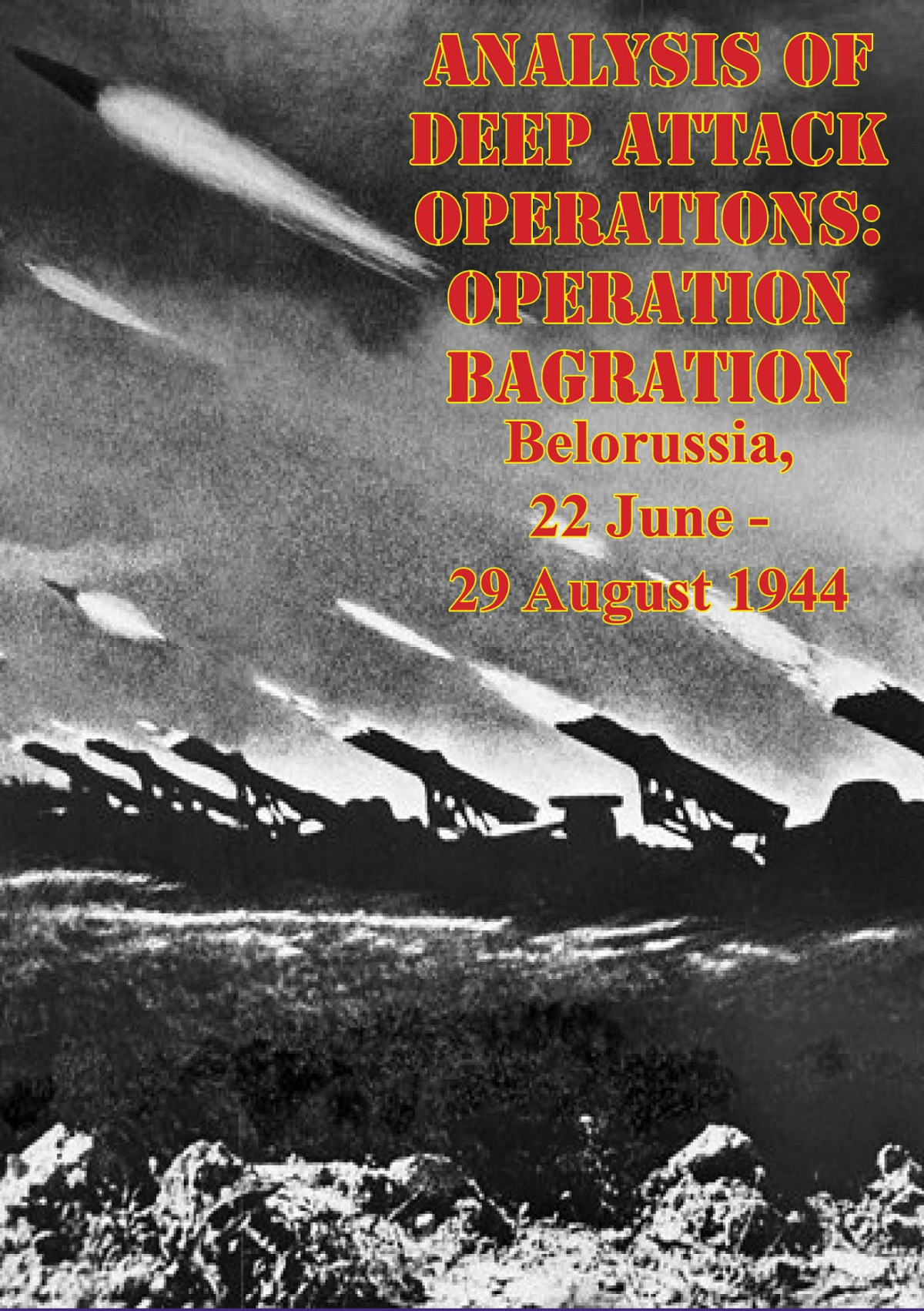

Most ebook files are in PDF format, so you can easily read them using various software such as Foxit Reader or directly on the Google Chrome browser.
Some ebook files are released by publishers in other formats such as .awz, .mobi, .epub, .fb2, etc. You may need to install specific software to read these formats on mobile/PC, such as Calibre.
Please read the tutorial at this link: https://ebookbell.com/faq
We offer FREE conversion to the popular formats you request; however, this may take some time. Therefore, right after payment, please email us, and we will try to provide the service as quickly as possible.
For some exceptional file formats or broken links (if any), please refrain from opening any disputes. Instead, email us first, and we will try to assist within a maximum of 6 hours.
EbookBell Team

4.4
72 reviewsIncludes the World War Two On The Eastern Front (1941-1945) Illustration Pack – 112 photos/illustrations and 21 maps.
Operation BAGRATION took place during what the Soviet analysts consider the third period of the war: that of the Soviet strategic offensives which marked the ascendancy of the Soviet armed forces over the German Wehrmacht. During this period, the armed forces of the Soviet Union held the strategic initiative and used it to defeat the Wehrmacht, gain control of Eastern Europe, and invade Germany proper, meeting Allied forces on the Elbe River on 25 April 1945. The period is regarded as beginning January 1944 and ending with the V-E Day, 7 May 1945.
By the beginning of 1944, the Red Army clearly had the initiative on the Eastern Front; moreover, since the beginning of the second period, the Soviet Union also had strong allies who could provide assistance in two ways: the United States and Great Britain. The main factor in the alliance had been the entry of the United States into World War II since the Japanese attack on Pearl Harbor in December 1941. As the Soviet Union saw it, the most important contribution which these allies could make to her strategically would be to open a second Front against the Germans. Although this was not to happen during the first period, they did contribute in two other ways. They commenced Lend-Lease aid, although this would not amount to sufficient quantities to affect Soviet operations until late 1943 and 1944. They also opened indirect attacks on Germany through the initiation of the strategic bombing campaign against Germany proper and commencing offensives and landings against Axis forces in North Africa (at the beginning of the Soviet's second period). The invasions of Sicily and Italy followed in the second period, knocking Italy out of its alliance with Germany and diverting German forces to defend in Italy. The invasion of Sicily may also have contributed to the German decision to break off its Kursk offensives as well in July 1943. Moreover, by the end of the second period of the war, the Allies had finalized their plans for the opening of the Second Front directly by landing in northern and southern France in May 1944, and the Soviet leadership had been so informed at the Teheran Conference in November 1943. Indeed, just the threat of the invasion had been sufficient to act as a distraction to the Germans by this time, and Lend-Lease aid had now entered the Soviet armed forces in quantity.
In the third period of the war, therefore, the Soviet Union held the strategic initiative, and the year opened with the first two of what would come to be known as the “Ten Destructive Blows” of 1944: Leningrad and the Ukraine. The offensive at Leningrad commenced on 14 January 1944 and ground to a halt on 1 March with the German siege of Leningrad broken, the German Sixteenth and Eighteenth Armies defeated, Soviet advances of up to 200 kilometers, and Soviet forces on the border of Estonia. The blow in the Ukraine commenced on 24 January 1944, lasting until mid-April, and involved all of the fronts in the Ukraine. Finally, the various fronts were ordered by Stavka to go on the defensive between 17 April and 6 May to prepare for the summer offensive.